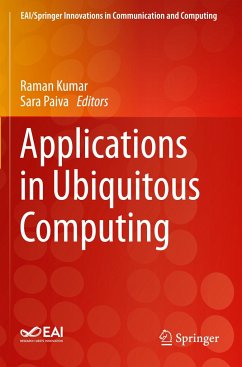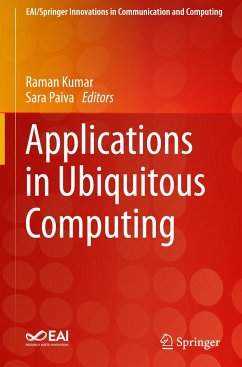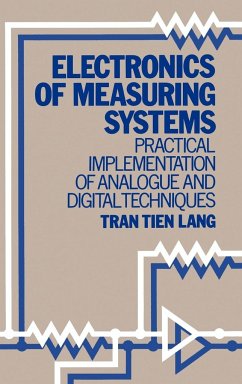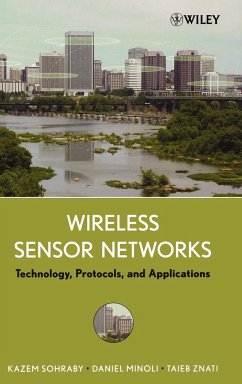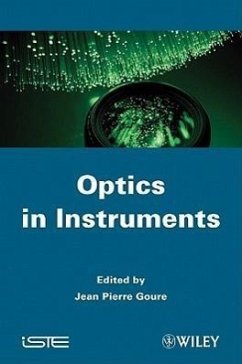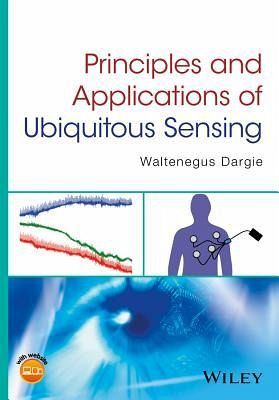
Principles and Applications of Ubiquitous Sensing
Versandkostenfrei!
Versandfertig in über 4 Wochen
102,99 €
inkl. MwSt.
Weitere Ausgaben:

PAYBACK Punkte
51 °P sammeln!
Applications which use wireless sensors are increasing in number. The emergence of wireless sensor networks has also motivated the integration of a large number of small and lightweight nodes which integrate sensors, processors, and wireless transceivers. Existing books on wireless sensor networks mainly focus on protocols and networks and pay little attention to the sensors themselves which the author believes is the main focus. Without adequate knowledge of sensors as well as how they can be designed, realized and used, books on wireless sensor networks become too theoretical and irrelevant....
Applications which use wireless sensors are increasing in number. The emergence of wireless sensor networks has also motivated the integration of a large number of small and lightweight nodes which integrate sensors, processors, and wireless transceivers. Existing books on wireless sensor networks mainly focus on protocols and networks and pay little attention to the sensors themselves which the author believes is the main focus. Without adequate knowledge of sensors as well as how they can be designed, realized and used, books on wireless sensor networks become too theoretical and irrelevant. The purpose of this book is to intimately acquaint readers with the technique of sensing (resistive, capacitive, inductive, magnetic, inertial, etc.) and existing sensor technologies. It also discusses how the sensors are used in a wide application domain and how new sensors can be designed and used in a novel way.





